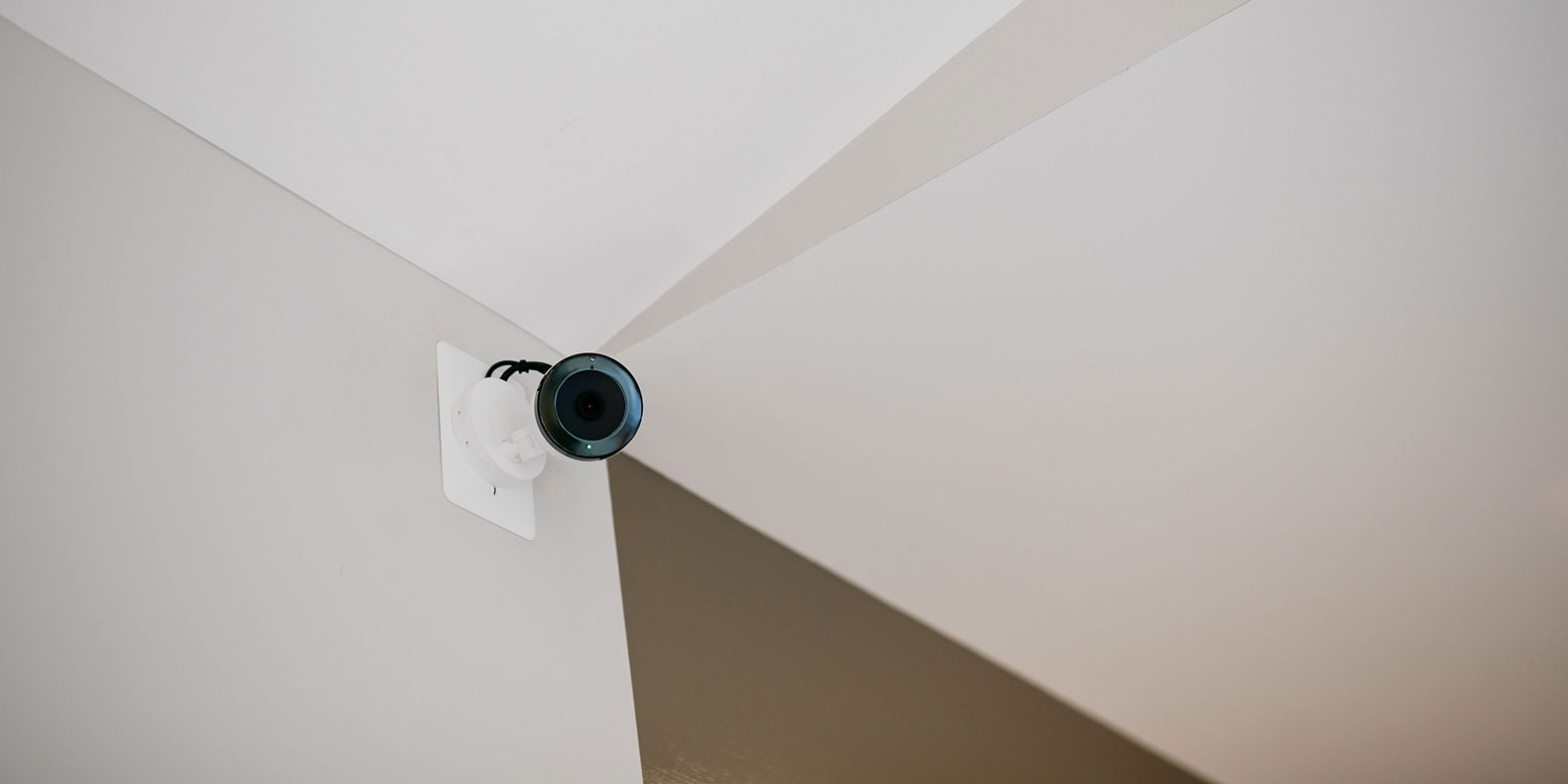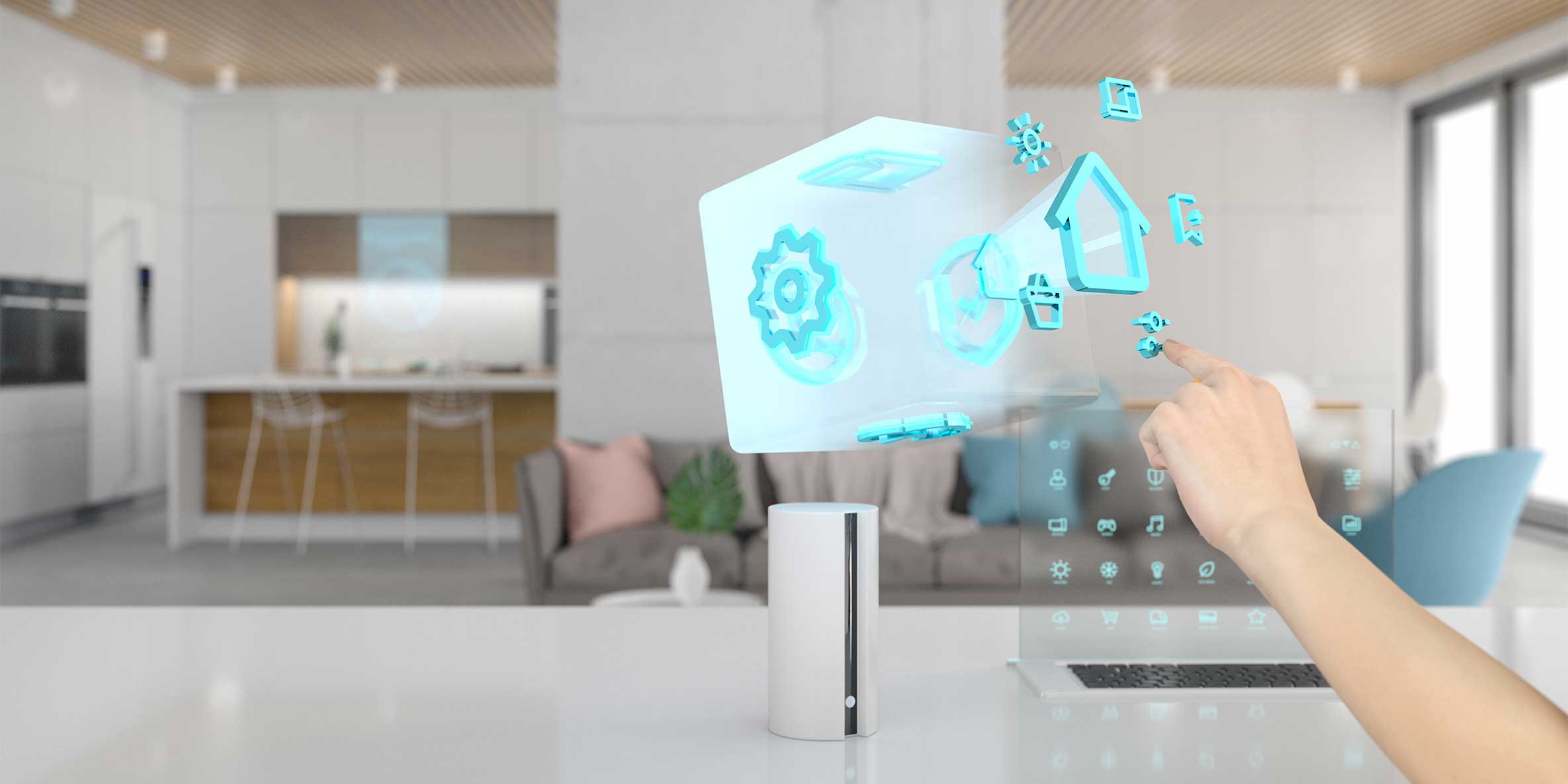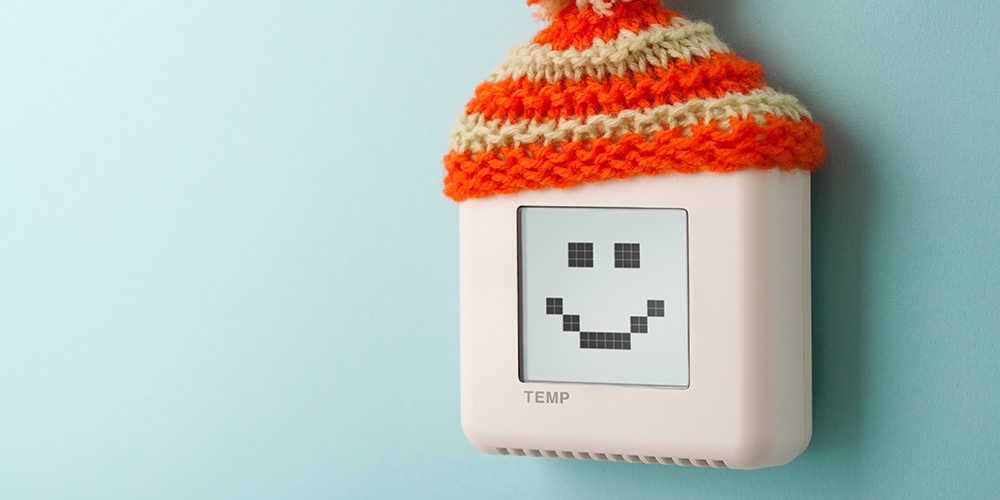Smart home technology is expanding with the integration of mobile devices. Homeowners can now monitor and control their home automation system from the convenience of any web-enabled device.
However, smartphones and tablets have become digital doorways into your home and security system, and most Americans are not taking proper precautions to protect their homes from cyber risks.
Below we provide four ways to increase the security of smartphones to safeguard your home automation system.
1. Use Password Protection
One of the simplest ways to increase smartphone security is by setting a strong password. A password limits device access to you exclusively, and protects sensitive data from intruders.
Keep these tactics in mind when setting a strong password on your device:
- Use more than four digits, if possible. Strong passwords with at least eight characters are harder for hackers to crack.
- Incorporate letters or special characters. Add a level of security with a complex password that includes capital letters and symbols (e.g., percent sign, dollar sign and carrots).
- Do not share your password with others. Keep passwords to yourself to ensure only you have access to and control over confidential data.
- Set multiple passwords. Use more than one password for different websites to prevent access to multiple accounts.
If you password-protect your phone with a 4-digit PIN, avoid simple or predictable codes such as your birthdate, phone number or any public information.
2. Update Software
Advanced technology has turned mobile devices into handheld computers that are vulnerable to the same cyber risks as desktop computers. With outdated software, hackers are able to identify vulnerabilities and gain access to your system.
Even the smallest antivirus and anti-spyware software updates patch vulnerabilities in your smartphone security. Smart homeowners should update software as soon as it becomes available to ensure their devices are properly secured.
3. Restrict App Access
Many smartphones come preset to share personal information without your knowledge. Uninformed users could be inadvertently distributing the following information:
- Calendars.
- Contact lists.
- Email.
- Location.
- Photos.
Reduce the risk of a cyber attacker gaining access to your system by jumping into your privacy settings and restricting the access of your applications to ensure only the necessary information is obtained.
4. Avoid Suspicious Links and Unauthorized App Stores
Many cyber attackers gain easy access to sensitive data when a user is not careful about the links he or she clicks or the applications they download. Malware embedded in these links and apps is designed to obtain confidential user information.
Take proper precautions and avoid downloading applications from unauthorized third-party stores to mitigate the risk of downloading a harmful virus. Additionally, avoid clicking on ads or links sent to your email as they might carry malicious software.
Losing a phone or having it stolen can cost homeowners a lot more than a device replacement fee. Lessen the chance of compromising control over your lights, garage, locks and thermostats by following these four safety precautions for better smartphone security.
Are you taking the right precautions to secure your smartphone? Let us know in the comment section below.
Image Source: Flickr



